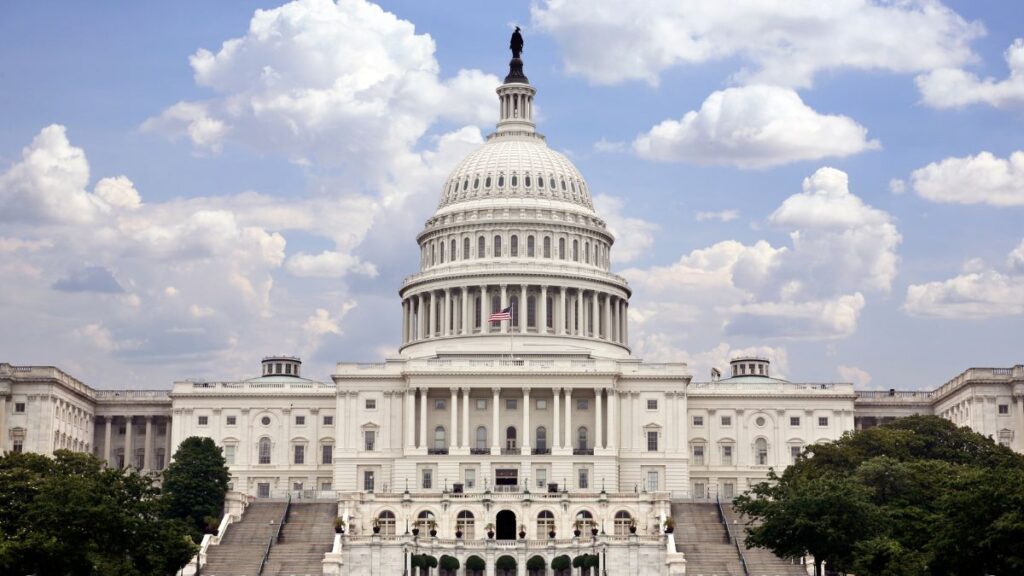The future of Social Security, a vital program for millions of seniors, is at a critical juncture. Current projections show that unless Congress takes significant action, Social Security could face funding shortages as early as 2033, putting millions of retirees at risk of losing up to 23% of their benefits.
This potential crisis is driven by an aging population, increasing life expectancy, and declining workforce contributions, which could reduce benefits for over 70 million Americans. Let’s dive deeper into the causes of this potential crisis, what it means for retirees, and steps seniors can take to safeguard their financial futures.
What is the Social Security Crisis?
Social Security, established in 1935, is funded primarily by payroll taxes and has been a reliable income source for retirees for decades. However, the Old-Age and Survivors Insurance (OASI) trust fund, which covers benefits, is projected to deplete by 2033.

At that point, Social Security would only be able to pay 77%-80% of benefits from incoming tax revenue unless reforms are implemented. This would mean a substantial reduction in benefits for many seniors.
Why is Social Security Facing a Shortfall?
- Aging Population: The baby boomer generation is now retiring in large numbers, causing a shift where more individuals are receiving benefits than there are workers paying into the system.
- Increased Life Expectancy: Americans are living longer, which means more years of benefits need to be paid out to retirees, further straining the system.
- Declining Birth Rates: Fewer workers are entering the workforce, meaning the payroll tax base supporting Social Security is shrinking.
- Wage Growth Stagnation: For years, wages have stagnated, limiting payroll tax revenues that fund Social Security.
What Will Happen if Congress Does Not Act?
If Congress doesn’t intervene by 2033, Social Security beneficiaries could face a 20%-23% reduction in monthly payments. For the average retiree receiving $1,700 per month, this could mean losing approximately $340 monthly—a significant hit for those relying on these benefits to cover essential costs such as housing, food, and medical expenses.
Here’s a snapshot of the impact:
| Issue | Details |
|---|---|
| Social Security Beneficiaries | Over 70 million retirees and disabled individuals |
| Trust Fund Depletion | Projected by 2033 |
| Potential Benefit Cuts | 20%-23% reduction in benefits without reform |
| Congressional Action Needed | Increase revenue or reduce spending to secure future |
| Immediate Concerns | Financial shortfall for millions of seniors |
Can Congress Fix It?

Fixing Social Security’s financial shortfall is complex and requires bipartisan cooperation. Several proposals have been discussed, including:
- Raising the Payroll Tax Cap: Currently, only wages up to $160,200 (in 2023) are subject to Social Security taxes. Raising or eliminating this cap could bring more revenue into the system.
- Increasing Retirement Age: Some propose gradually increasing the retirement age to reflect longer life expectancies. This would delay when retirees begin receiving benefits, reducing the system’s burden.
- Means Testing Benefits: Reducing benefits for wealthier retirees has been suggested to preserve full benefits for those with greater financial need.
- Raising Payroll Taxes: A small increase in payroll taxes could significantly improve Social Security’s financial health.
How Seniors Can Protect Themselves
While legislative solutions are critical, seniors can take proactive steps to protect their financial futures in case of benefit reductions.
- Diversify Income Sources: Seniors should avoid relying solely on Social Security and look into other retirement income options, such as pensions, 401(k) plans, savings, or investments.
- Delay Claiming Benefits: Delaying Social Security benefits until full retirement age or beyond (up to age 70) can significantly increase monthly payments by as much as 32%.
- Stay Informed and Advocate: Advocacy groups like AARP encourage seniors to stay informed on Social Security reforms and engage with lawmakers to push for solutions that protect retirees.
- Adjust Personal Finances: Seniors should evaluate their personal finances and adjust their budgets to prepare for potential benefit cuts. Prioritizing essential expenses over discretionary spending can help alleviate future financial strain.
Conclusion
The Social Security program is at a critical crossroads, and millions of seniors are at risk of losing a significant portion of their benefits. While reforms are possible, they require swift and bipartisan action from Congress.
In the meantime, seniors must take proactive steps to safeguard their financial futures, such as diversifying income sources and delaying Social Security claims. The future of Social Security may seem uncertain, but by staying informed and advocating for reforms, seniors can help ensure their financial security in retirement.
References
- “Social Security: Will Benefits Really Get Cut 23% in 2033?” Money.
- “The Future of Social Security,” AARP.
- “Social Security Cuts Are Coming: Here’s the Timeline,” The Motley Fool.












